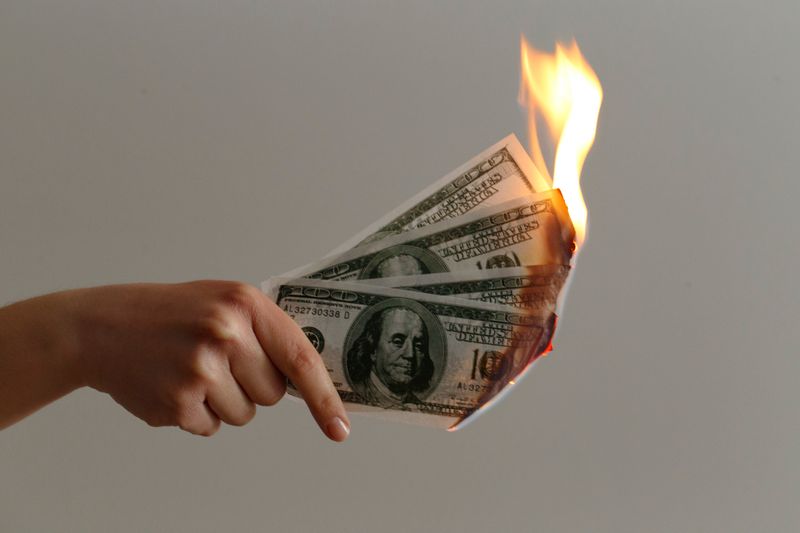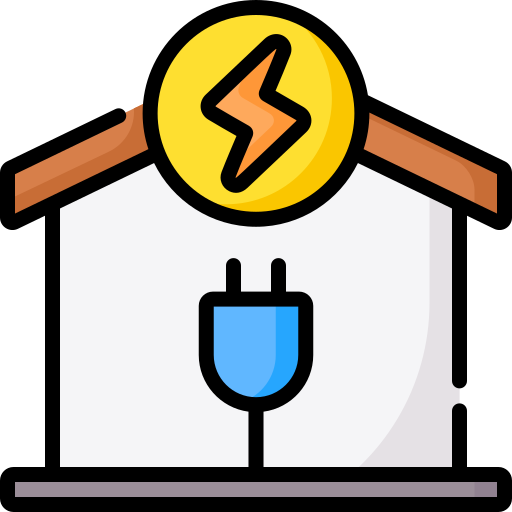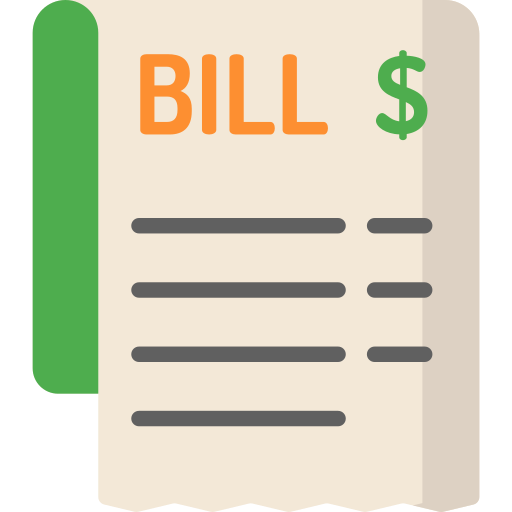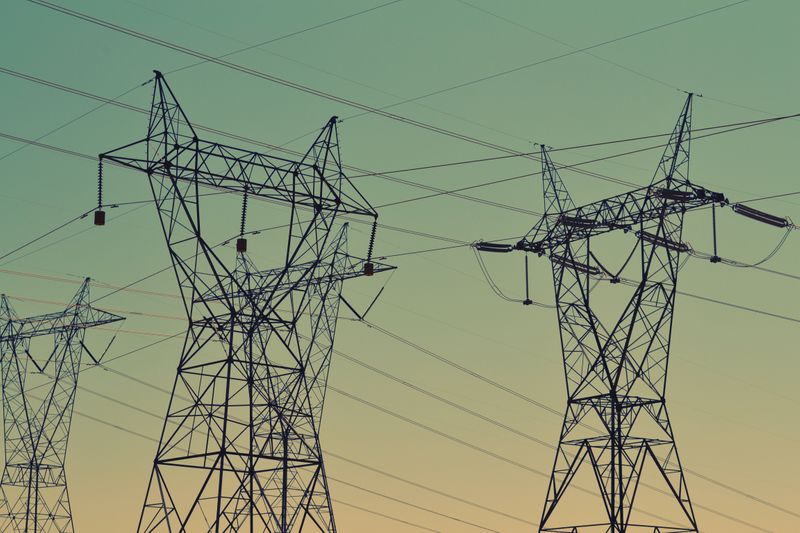
This logo isn't an ad or affiliate link. It's an organization that shares in our mission, and empowered the authors to share their insights in Byte form.
Rumie vets Bytes for compliance with our
Standards.
The organization is responsible for the completeness and reliability of the content.
Learn more
about how Rumie works with partners.
Have you ever wondered why is the electricity bill so expensive?
 Photo by Jp Valery on Unsplash
Photo by Jp Valery on UnsplashThere are lots of factors involved in making and transferring electricity. These include:
infrastructure — the stuff that needs to be built and maintained
supplier costs — who takes care of the infrastructure?
trade markets and regulations — rules from governments and the effect of trading between countries and companies
Factor 1: the need for infrastructure
Did you know?
Factor 2: who supplies the electricity?
Depending on which country you live in, electricity may be privately or publicly owned.

Quiz
In the UK, electricity is privately-owned. This means that:
If the electricity is privately-owned, each person or family can choose which supplier to use. This is true even if you're renting! Each supplier may have a different cost. The cost of electricity could be higher or lower than in countries with publicly-owned electricity.
Did you know?
Factor 3: trade markets and regulations
 Some countries have rules on what prices the suppliers can ask people to pay. Often there is a maximum price that suppliers can ask (this is often called "price cap").
Some countries have rules on what prices the suppliers can ask people to pay. Often there is a maximum price that suppliers can ask (this is often called "price cap").
Most countries still use fossil fuels (coal, petrol, and gas) which have prices that change depending on many different reasons, e.g. conflicts in the region where the fuel is extracted.

Some countries give subsidies, meaning they give a tax break or a better trade deal to suppliers, based on specific conditions.
Private suppliers will try to make the most profit. A part of the electricity bill you pay goes to its investors.

You can read more about the UK 2022 increase in energy prices on the Carbon Brief.
....so, it is complicated
The cost of electricity depends on so many different things. They're often specific to each country, their geography, availability of natural resources, and politics.

For example, for the same amount of electricity.....

Did you know?
Take Action

This Byte has been authored by
Cecilia Astolfi
Learning expert
CTeach MPhys CPhys
This Byte has been reviewed by
Khai Nhuien
BCom
